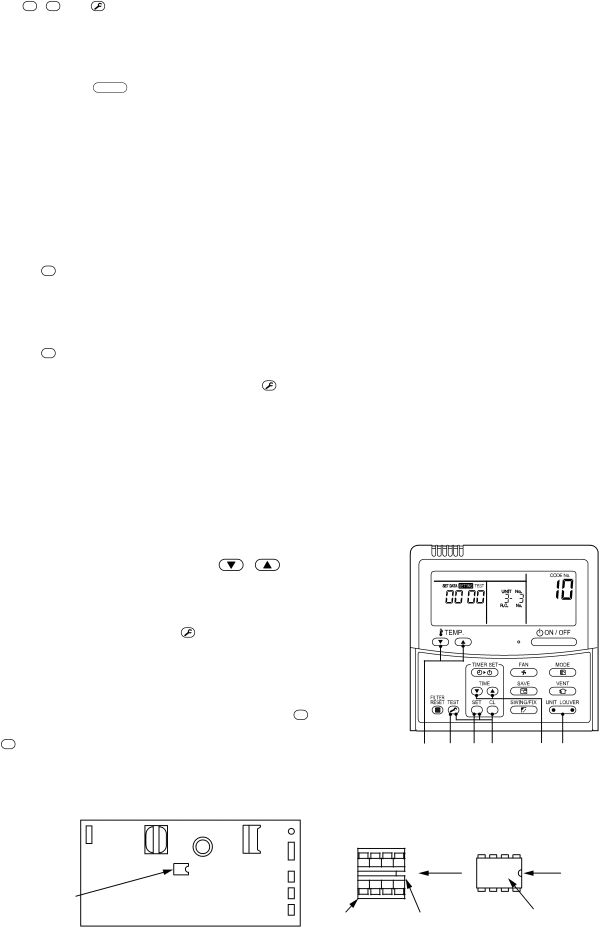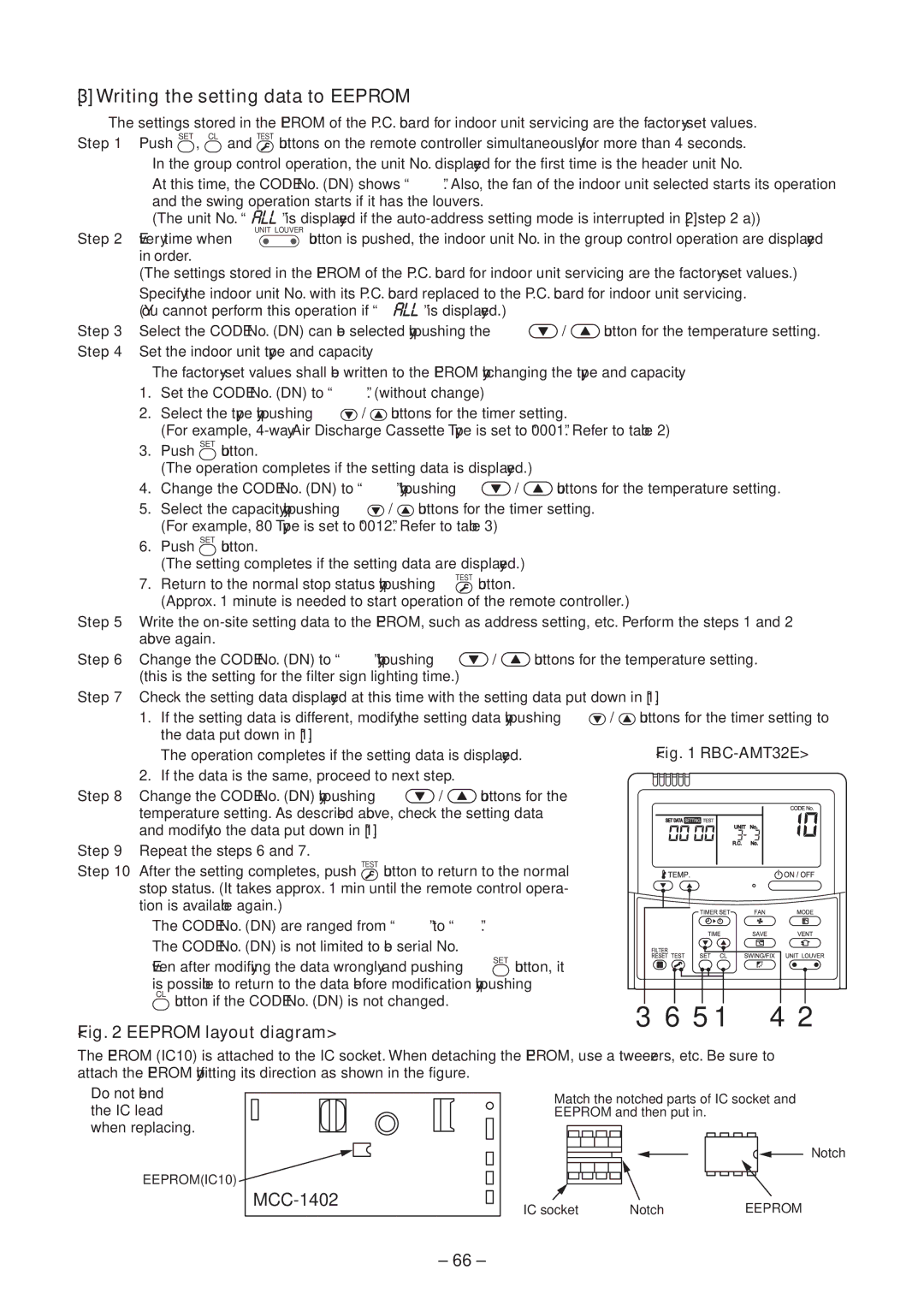CONCEALED DUCK TYPE, CEILING TYPE specifications
Toshiba has long been a name associated with innovative and efficient HVAC solutions, and their Concealed Duck Type, Ceiling Type air conditioning units exemplify this legacy. These units are designed to provide exceptional comfort while seamlessly integrating into a variety of interior spaces.One of the main features of the Toshiba Concealed Duck Type, Ceiling Type system is its discreet installation method. Unlike traditional wall-mounted units, this system is installed within the ceiling, allowing for an unobtrusive appearance. The result is a clean and modern aesthetic, ideal for residential and commercial settings where design is a priority. With only the supply and return grilles visible, the units maintain the integrity of the interior decor.
The technology employed in Toshiba's air conditioning systems revolves around energy efficiency and user comfort. The units are equipped with inverter technology, which allows for precise temperature control and reduces energy consumption. The inverter adjusts the compressor speed to meet the cooling or heating demand, ensuring not only optimal comfort but also reduced operational costs.
Another significant characteristic of the Toshiba Concealed Duck Type units is their quiet operation. Designed with sound-dampening features, they operate at low noise levels, making them suitable for environments where noise can be a concern, such as offices, hotels, or residential spaces.
Toshiba's advanced air filtration system further enhances indoor air quality. Integrated filters capture dust and allergens, creating a healthier indoor environment. This is particularly beneficial for individuals with allergies or respiratory concerns, as the system works to reduce airborne pollutants.
The units also offer flexible control options. With the availability of remote control or smart home integration, users can easily adjust settings to suit their preferences. Additionally, some models come with programmable timers, allowing for energy savings when the space is unoccupied.
Furthermore, these units are designed for reliability and ease of maintenance. Toshiba emphasizes durability in their construction, and the concealed installation not only enhances aesthetics but also protects the unit from potential damage. Routine maintenance can be performed efficiently, ensuring longevity and sustained performance.
In summary, Toshiba's Concealed Duck Type, Ceiling Type air conditioning units deliver a blend of innovative technology, energy efficiency, and contemporary design. With features like inverter technology, quiet operation, advanced air filtration, and flexible control options, they offer a compelling choice for those seeking comfort without compromising style. These units stand as a testament to Toshiba's commitment to quality and customer satisfaction in the HVAC industry.

